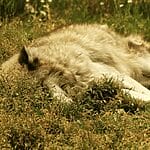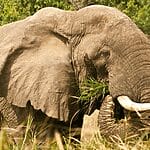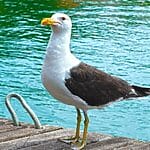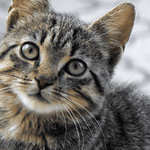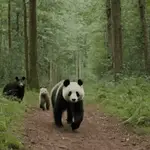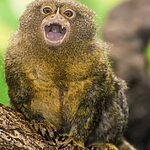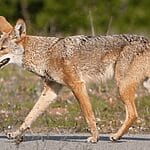The idea that all creatures need rest seems universal, but not every animal fits that mold. Certain species have developed fascinating ways to function without traditional sleep patterns, raising some intriguing questions.
Imagine the challenges of navigating the wild without ever taking a break. How do these animals manage survival when constant alertness is required?
For example, the bullfrog can go without sleep for extended periods, staying active even when most animals would succumb to exhaustion.
If you’re curious about how such creatures function and what this means for their biology, keep reading. We’ll dive into the world of sleepless animals and reveal the strategies that allow them to thrive without the need for shut-eye.
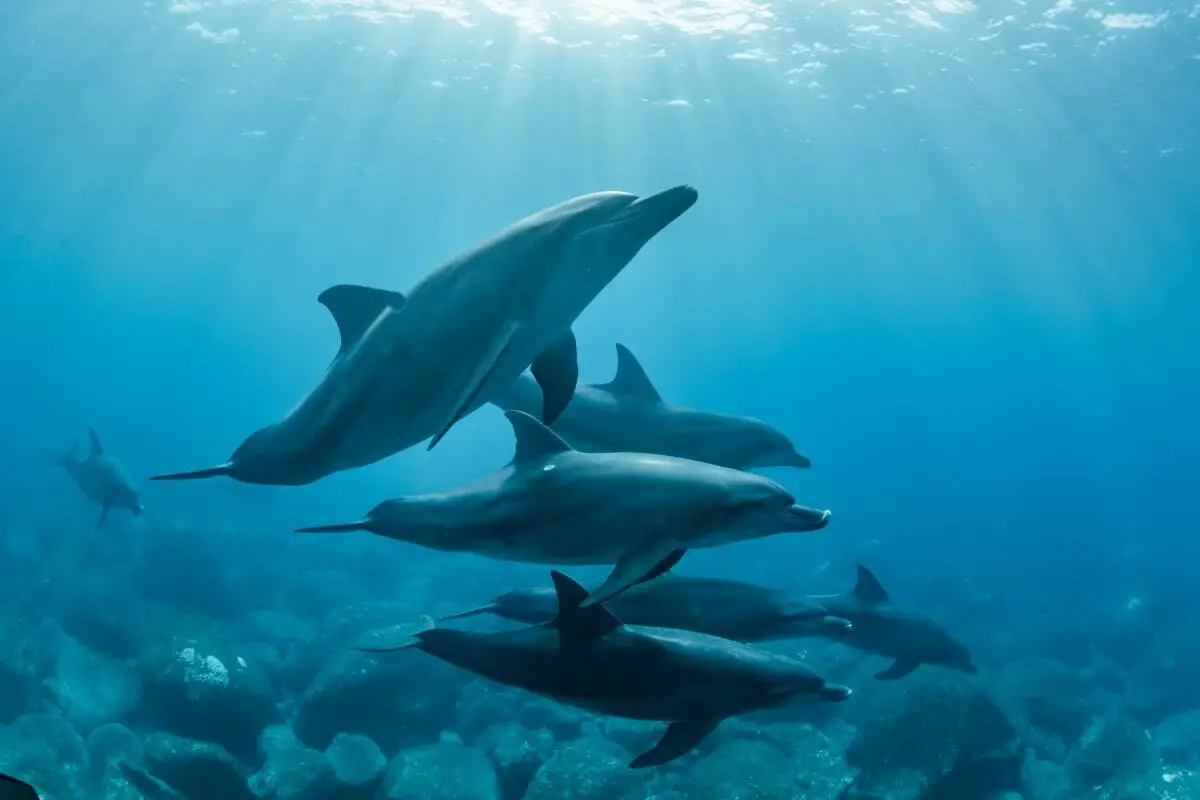
10 Animals That Don’t Sleep (Much Or At All!)
Jellyfish
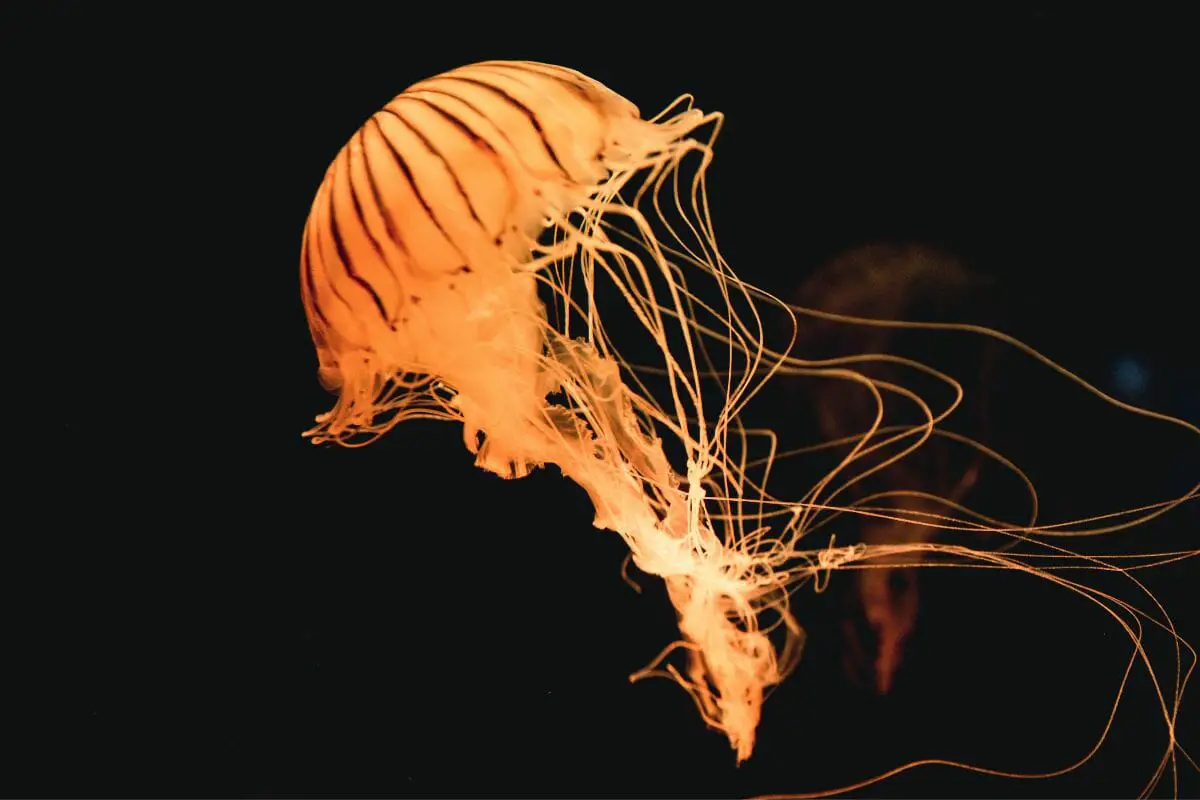
Sleep is an unknown word in the jellyfish world and for a legit reason that we need to explain.
Presume that the concept of sleep involves your brain being inactive. In that particular instance, creatures with no brains, such as upside-down jellyfish, don’t sleep.
Moreover, since they lack a brain, they thus rely on a series of sensors and tentacles to eat small aquatic species and zooplankton.
Even so, a 2017 study discovered that upside-down jellyfish get into a state comparable to sleep. During that time, they are less active and respond to stimuli more slowly. So, with or without brains, these creatures may require rest from time to time.
Sea Urchins
Sea urchins are yet another one of the creatures that lack a brain. As a result, they are unable to sleep.
In fact, thanks to their plethora of small pointy legs, these creatures can be quite energetic, and you can see them moving albeit slowly.
If you observe them for some time, you might also notice them standing still in one place, but that does not mean they have slept.
Giraffes
These gentle giants have a difficult time getting into comfortable sleeping positions, which they can blame entirely on their huge necks.
Before the 1950s, it was thought that these lovely animals did not sleep whatsoever. However, since then it was discovered that they actually do sleep, but that their sleeping time is no more than 5 minutes, which is more of a power nap.
In contrast to human beings, who typically take a nap lying in bed, giraffes don’t have time to relax and have a deep sleep as they are always wary of predatory animals, so they sleep with their necks lifted and extended upwards at all times.
Dolphins
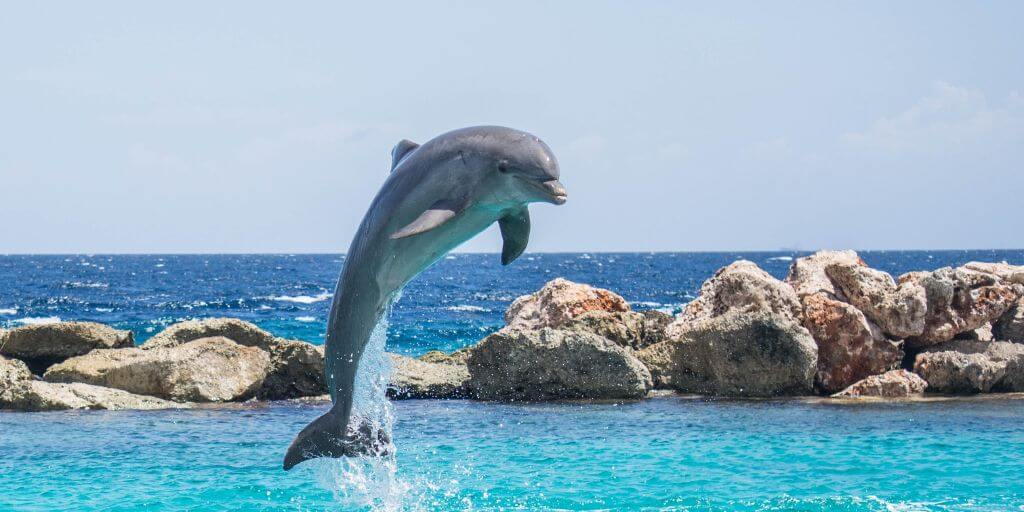
You would think that with so much energy and joy they have, and with so much swimming they do all day, dolphins must be getting a good day’s or night’s slip.
And yet, this chirpy sea animal doesn’t need to sleep, (see also: Animals That Sleep Standing Up)at least not for a while. When they are first born and for a couple of months after, baby dolphins don’t sleep at all.
This is due to the fact that they must get to the surface for air every 3 to 30 seconds. Attempting to fall asleep between each of those intervals could very well be the shortest of naps someone could ever get, which is practically impossible.
During this prolonged period of vigilance, the mother dolphin will also stay awake in order to take care of her babies and make sure they are breathing right.
Even when dolphins reach maturity, they do not rest in an evident way, as even when they sleep, they keep one of their eyes open, something scientifically called unihemispheric sleep.
As they must purposefully control their breathing, one half of their brain is always sleep-deprived while the other sleeps.
However, they do so alternately, so none of them is overworking and both of them are getting enough sleep throughout the day.
Bullfrogs
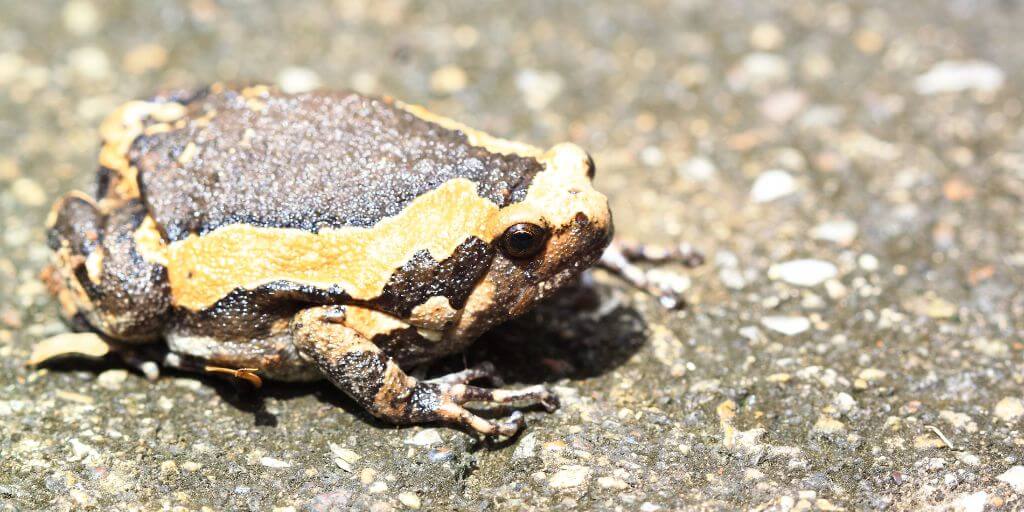
In case you didn’t know, bullfrogs are North America’s biggest frogs, with their weight sometimes reaching 0.5 kg and their length being 460 millimeters!
Back in the day, it was believed that these creatures did not sleep as their reaction to stimulation was similar every time, even when they seemed to be asleep.
It wasn’t long before that assumption was dismissed and succeeded by the hypothesis that they do have some short power naps.
In any case, these inferences only involve their “active” periods, as bullfrogs are animals that hibernate (see also: Animals That Hibernate)and thus do sleep a lot and for a long time.
Insects
Rather than choosing to sleep, insects go into a state known as “torpor.” What is that? Torpor is a state of rest in which the temperature of one’s body is slightly reduced. This state can last throughout the night or be shorter than that.
So, insects, as well as all the other species in the arthropod phylum enter such as state every night but it is still not determined whether they sleep or not.
Torpidity is a resting state that in addition to resembling sleep also allows the living creature to go without eating for a prolonged period of time.
Insects enter torpor to stay alive during the cold season or survive during periods when there is little food available. As a result, winter conditions will frequently cause insects to enter that state.
What happens then is that their heartbeat slows down and they stop feeding and nourishing themselves. The same thing happens whenever they stay weirdly quiet during the cooler early hours of summer mornings.
Great Frigatebirds
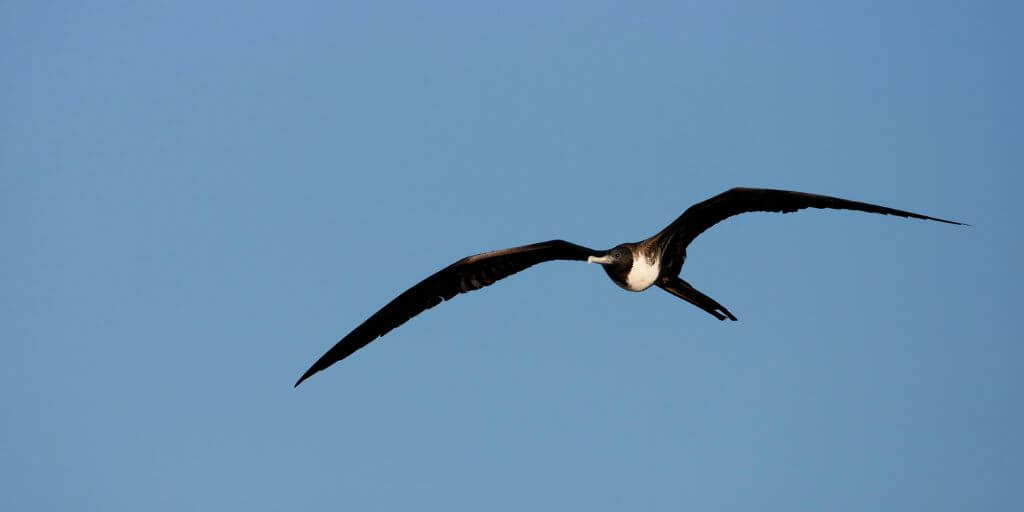
Remember the unihemispheric sleep of dolphins? Well, they are not the only animal in the world that does it.
The great frigatebirds are also animals that sleep in the same way, but the difference between them and dolphins is that they employ this method only when necessary.
It has been discovered that these animals keep half of their brains and one of their eyes awake when sleeping during long-distance, transoceanic travel.
Not only that, but this half-sided sleep of theirs lasts for no more than 42 minutes, which is quite different from the one they have once landed, which lasts half the day.
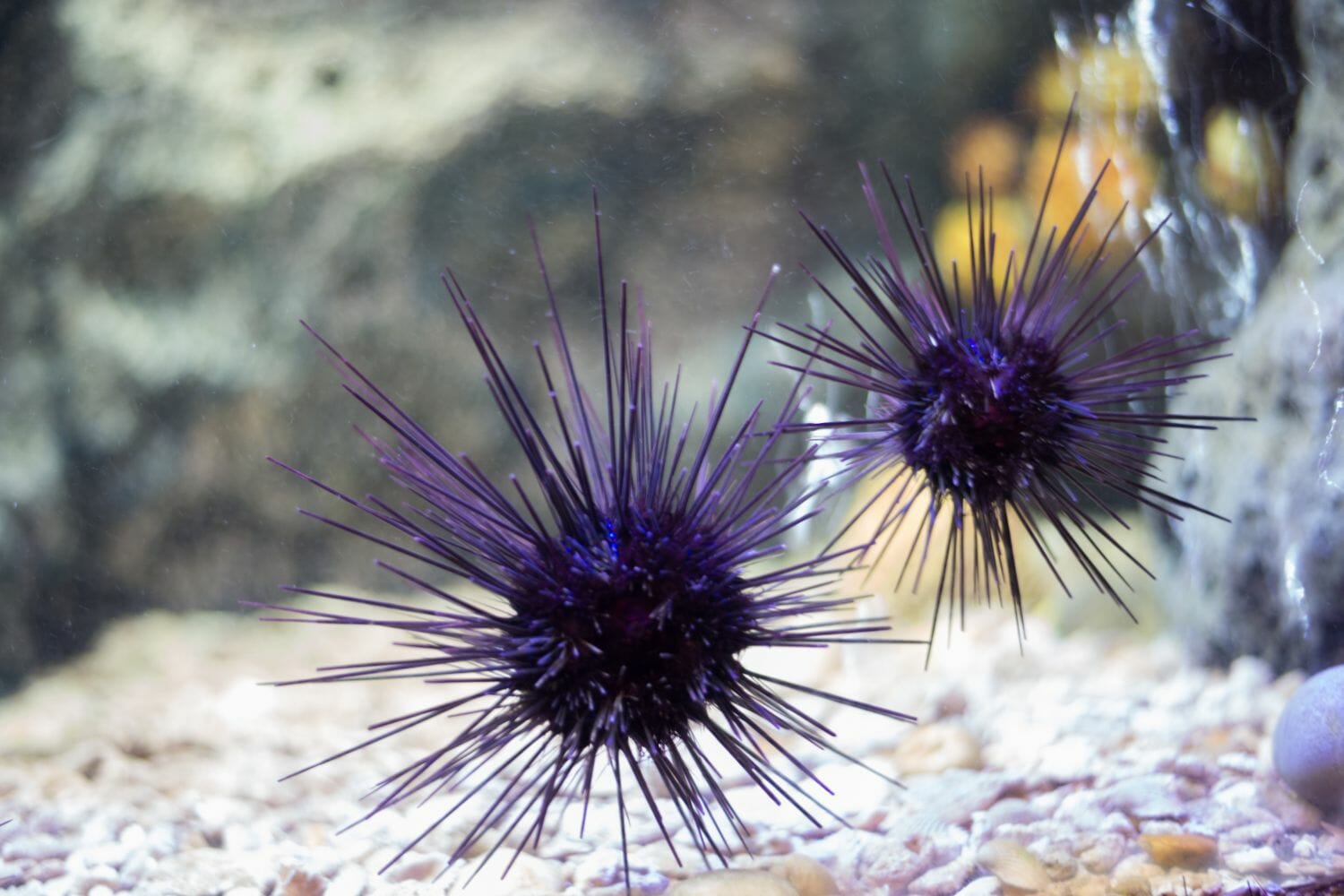
But while clear scientific proof is missing, it is presumed that there are more birds on this planet that fly long distances, and which should have ingenious methods of resting while traveling.
Elephants
You’d think that elephants would be among those animals that require hours of sleep given the tons of muscles they carry on their body or simply how big they are.
And yet, of all mammals, elephants (and especially the wild African ones) require the smallest amount of sleep!
To be more specific, in comparison to their relatives kept in zoos, these wild elephants enter REM sleep once or twice a week, with their sleep lasting for no more than a couple of hours at night.
Sheep
Did you count sheep to fall asleep when you were young? This was something most grownups told us to do and something even we say to our kids these days, but did you know that even though we might fall asleep this way the sheep will stay awake?
These sweet creatures don’t sleep all that much and are more than fine with way less than 4 hours of sleep in their day.
Moreover, they are only comfortable sleeping when they are with their herds, so you might even see some sheep alone staying sleepless for days.
That is because of the instinct of survival and the, even subconscious at times, fear and vigilance in case predators are around.
Walrus
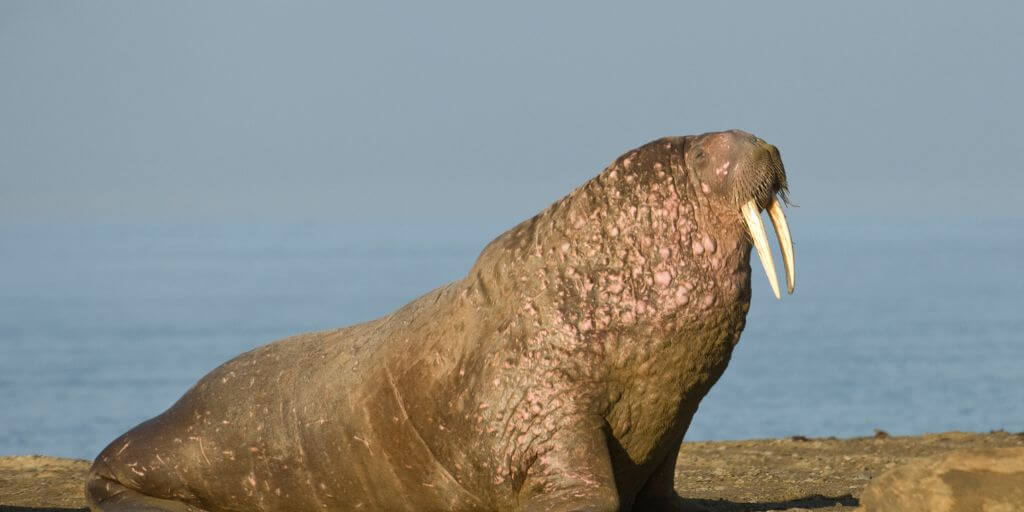
Walruses may be associated with laziness and sleepiness, but these big mammals can effectively stay up for 84 hours in a row. They will spend the majority of these hours swimming and searching for food.
Following these days they were deprived of sleep, walruses will compensate for them with a big, extraordinary sleep!
These animals have some special muscles around their throats that function as airbags and which allow them to sleep afloat on the water without drowning.
All while sleeping, the airbags can contain up to 13 gallons of air and thus make it possible for walruses to keep their heads vertical above the water’s surface.
Orcas
Orcas, also known as killer whales, display an unusual form of rest called unihemispheric slow-wave sleep. This process allows half of their brain to sleep while the other half stays awake, enabling them to continue swimming and surfacing for air.
This behavior is vital for their survival, as it ensures that orcas maintain awareness of their surroundings and avoid dangers in the ocean. Interestingly, newborn orcas and their mothers may go without sleep for weeks after birth, a critical period where calves learn essential survival skills.
This unique sleep pattern highlights orcas’ remarkable adaptation to their environment, enabling them to thrive in the wild.
Alpine Swift

The alpine swift is a bird renowned for its impressive ability to fly for months without landing. During long migratory flights, alpine swifts enter unihemispheric slow-wave sleep, similar to marine mammals.
This method lets one hemisphere of the brain rest while the other remains active, ensuring they stay alert to avoid obstacles and continue their journey.
The ability to sleep while in flight plays a key role in their survival during migration, as it allows them to cover vast distances efficiently without needing to stop. Their remarkable adaptation makes alpine swifts a unique species among migratory birds.
Fruit Fly
Fruit flies challenge traditional sleep definitions by significantly reducing their rest periods without adverse effects. Although they enter rest-like states, their sleep is heavily influenced by external factors such as light and temperature.
This flexibility allows them to adapt quickly to environmental changes, which has made them valuable in genetic research. Scientists have used fruit flies as a model organism to study the molecular and genetic mechanisms that control sleep cycles.
Despite their small size, the complexity of their neural circuits offers key insights into sleep regulation and behavior, contributing to broader biological research.
Sea Sponge

Sea sponges, unlike more advanced animals, lack a nervous system or brain, which makes conventional sleep unnecessary. Instead, they enter phases of reduced activity and slower metabolism, which serve a similar purpose to rest in other organisms.
These periods allow sponges to conserve energy while continuing their passive water filtration process. Since sponges rely on water flow for nutrients and oxygen, they do not need active movement or typical sleep patterns to function.
Their simplicity as one of the earliest multicellular organisms sheds light on the evolution of rest and energy conservation in early life forms.
Bluefish
Bluefish are known for their continuous movement, rarely pausing to rest. This constant swimming is vital for their respiration, as they depend on water passing over their gills in a process called ram ventilation.
While they do not experience traditional sleep, bluefish may enter states of reduced activity that allow them to conserve energy without completely stopping. This nonstop motion enables them to remain aware of their surroundings and respond to threats or hunting opportunities.
The bluefish’s adaptation to constant activity highlights the diverse ways in which animals have evolved to manage rest and survival.
The Bottom Line
Although the concept of sleep varies greatly across the animal kingdom, it appears that it has become a broadly accepted necessity.
And while it is not the same with what humans consider as “sleep” – that time in the day when our minds are active only to dream and our bodies are greatly inactive and only move to change sides on the bed – even these animals in our list that don’t sleep do it in some way or even in the shortest of intervals.
In exploring the amazing world of animals that do not sleep, we observe a unique adaptation in the animal kingdom. Killer whales, for instance, have an extraordinary method of staying alert.
These marine mammals have developed a technique of sleeping with one eye open. This ability ensures they remain continuously vigilant against potential threats, safeguarding themselves from being vulnerable in the deep blue.
The nervous system of these creatures is carefully wired to maintain a state of alertness even during rest. This adaptation is not just a mere avoidance of sleep deprivation but a critical survival strategy.
Killer whales, and similar animals, demonstrate a sleep-like state rather than complete sleep, allowing them to stay alert and responsive to their environment. Such behavioral patterns challenge our understanding of sleep and alertness, revealing the complexity and diversity of life in the animal kingdom.
However, with many researchers and scientists exploring the animal kingdom to this day, who knows? We might someday find an animal that truly doesn’t sleep!
FAQs
Why Don’t Bullfrogs Sleep Like Other Animals?
Bullfrogs do not follow typical sleep patterns. Instead, they enter a state of dormancy, reducing their activity and metabolism. This helps them stay alert and responsive to environmental changes, allowing them to rest without losing awareness, which is vital for their survival in the wild.
Why Do Some Animals Have Such Unique Sleeping Habits?
Unique sleeping habits develop as evolutionary responses to specific environmental demands. Factors like avoiding predators, surviving long migrations, or meeting physiological needs drive these adaptations. Such behaviors allow animals to conserve energy while staying responsive to threats or environmental changes, enhancing their survival.
Do Newborn Dolphins Ever Sleep?
Newborn dolphins do not sleep during their first month of life, as they need to frequently surface for air. Their mothers remain awake during this time to ensure the calves’ safety, helping them survive and adapt to the aquatic environment.
How Do Alpine Swifts Cope With Long Flights Without Stopping To Sleep?
Alpine swifts manage extended flights by engaging in unihemispheric slow-wave sleep, allowing one half of their brain to rest while the other remains active. This adaptation lets them fly continuously for months without landing, maintaining alertness while conserving energy during long migrations.
- What Should I Do If A Koala Bites Me? Safety Guide - 2024-05-30
- Are Kangaroos Born Without Hind Legs? A Fascinating Journey - 2024-05-30
- Animals That Look Like Squirrels - 2024-05-30

